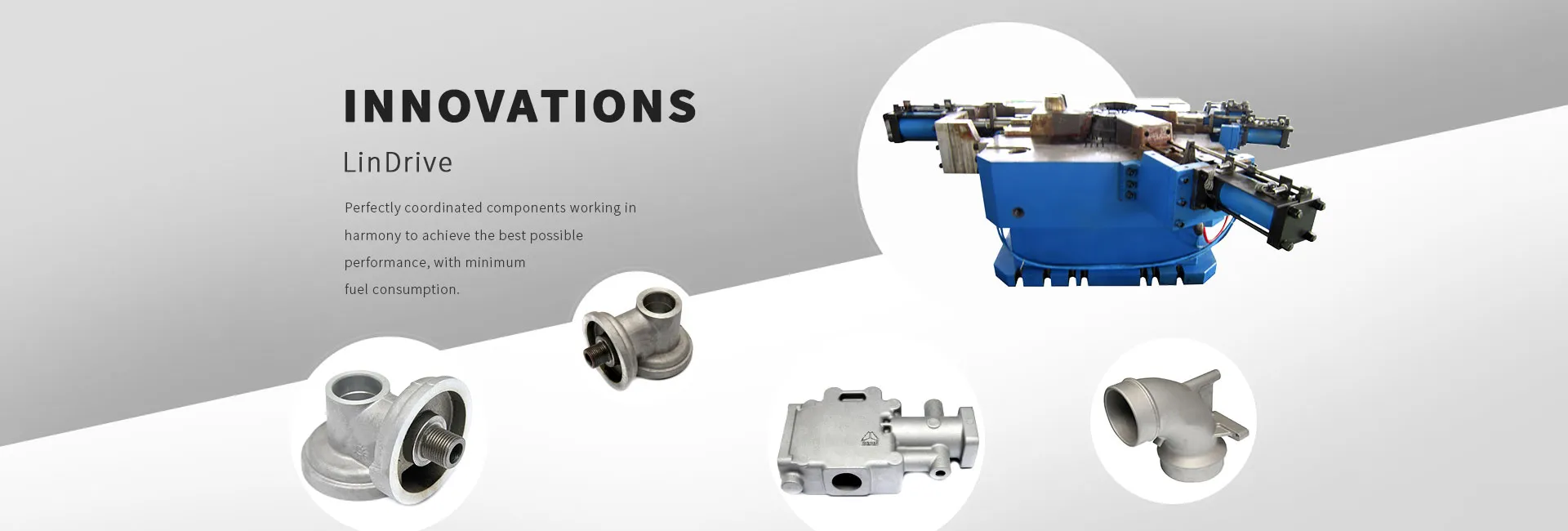Exploring the Benefits and Applications of Sand Cast Aluminum in Modern Manufacturing
The Art and Science of Sand Cast Aluminum
Sand casting is one of the most traditional and versatile metal casting methods, widely used for creating aluminum components across various industries. This age-old technique has evolved over centuries but retains an essential place in modern manufacturing due to its cost-effectiveness, adaptability, and ability to produce complex geometries. This article delves into the process of sand casting aluminum, its advantages, challenges, and applications.
Understanding the Sand Casting Process
At its core, sand casting involves creating a mold from a sand mixture, pouring molten aluminum into the mold cavity, and allowing it to cool and solidify. The process begins with design specifications, where engineers create a pattern of the desired component. The pattern, typically made from metal or wood, is used to form the mold in a mixture of sand, clay, and water, known as molding sand.
The molding process requires careful preparation. The sand mixture must have the right balance of flowability and cohesiveness to ensure that it holds the shape of the mold and prevents any air gaps. Once the mold is created, the pattern is removed, leaving a cavity. The next step involves pouring molten aluminum into the cavity, where it fills the space, taking on the shape of the mold. After the metal cools, the mold is broken, and the newly formed aluminum piece is removed.
Advantages of Sand Casting Aluminum
One of the most significant advantages of sand casting aluminum is its ability to produce complex shapes that are difficult or impossible to achieve with other methods, such as die casting or forging. The flexibility of the molding process allows for intricate designs while also accommodating large and heavy components.
Furthermore, sand casting is highly cost-effective for small to medium production runs. The initial investment in patterns and molds can be offset by the lower costs of materials and the fast turnaround time between subsequent castings. Sand casting also supports the production of custom parts, making it a favored choice for prototyping and small batches.
Another key benefit is the ability to use a variety of aluminum alloys, which can enhance the properties of the final product. These alloys can be tailored for specific applications, offering superior strength, corrosion resistance, and lightweight characteristics. Therefore, sand-cast aluminum finds applications in automotive, aerospace, and machinery industries, where these attributes are crucial.
sand cast aluminum

Challenges in Sand Casting Aluminum
Despite its many advantages, sand casting aluminum is not without its challenges. Achieving a high-quality finish can be difficult, as sand-cast components often exhibit surface roughness and internal defects such as porosity. While secondary machining can address these issues, it adds both time and cost to the final product.
Another challenge comes from the inherent variability in sand casting. Factors such as moisture content, sand grain size, and temperature can affect the quality of the molds and the final casting. This variability necessitates strict quality control measures to ensure that products meet specifications consistently.
Additionally, the manual nature of the sand casting process can lead to labor-intensive operations. While automation is increasingly being integrated into sand casting, a skilled workforce remains essential for maintaining quality standards and overseeing production.
Applications of Sand Cast Aluminum
The applications of sand cast aluminum are vast and varied. In the automotive sector, it's commonly used for engine blocks, transmission cases, and various housings, where lightweight and strength are paramount. In the aerospace industry, parts such as brackets and structural components benefit from aluminum's strength-to-weight ratio and corrosion resistance.
Moreover, sand casting plays a crucial role in creating custom components for machinery and equipment, providing tailored solutions to meet specific operational requirements. From construction equipment to industrial machinery, the durability and versatility of sand-cast aluminum make it a reliable choice.
Conclusion
Sand casting aluminum is a time-honored technique that continues to thrive in the modern manufacturing landscape. Its ability to produce complex geometries at a relatively low cost, combined with the adaptable nature of aluminum alloys, makes it an invaluable process for many industries. As manufacturers strive for efficiency and quality, advancements in technology and materials will likely enhance the capabilities of sand casting, ensuring it remains a staple in metal manufacturing for years to come. Whether for mass production or unique custom components, the art and science of sand casting aluminum are poised for continued innovation and growth.
-
Custom Steel Sand Casting Services Precision & Durability GuaranteedNewsApr.29,2025
-
Arise Precision Casting Custom Metal Casting Solutions & ServicesNewsApr.29,2025
-
Sand Casting Guide Definition, Process & High-Quality Sand SuppliesNewsApr.28,2025
-
Premium Alloy Die Casting Manufacturer Aluminium & Zinc SolutionsNewsApr.28,2025
-
Precision Aluminum Die Casting Custom Solutions & Fast TurnaroundNewsApr.27,2025
-
Precision Complex Sand Casting Solutions Durable & Custom DesignsNewsApr.27,2025















